In the course of updating our English history guide I ran across a list of questions about the English monarchy commonly searched for by Google users. Some of the questions intrigued me and I had fun researching the answers. Hopefully this will help clear things up!
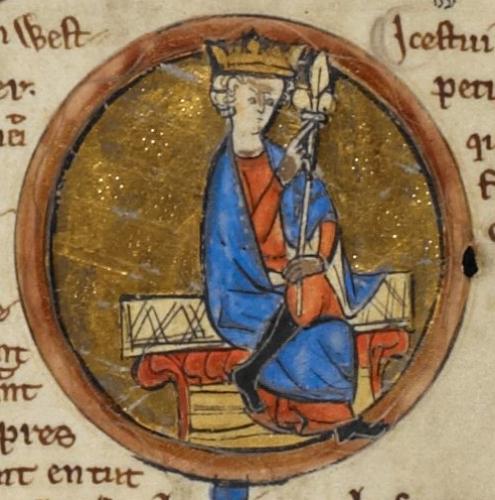
Who was the very first king of England?
Athelstan, who was crowned in AD 925, is often considered the first king of England. The question deserves a bit more nuance, though, for England did not exist in the form that we know it today.
Some scholars point to King Egbert, a King of Wessex who ruled from AD 802-839 and who, in 825, extended his rule to include much of the territory that makes up modern England.
How many queens of England have there been?
There have been 8 queens of England who ruled in their own right (as opposed to queen consorts who were simply married to the reigning king). Those 8 queens are, in order, Queen Maud (aka Empress Matilda), Jane Grey, Mary I, Elizabeth I, Mary II, Anne, Victoria, and Elizabeth II. Some scholars don't count Jane Grey, as she was never crowned.
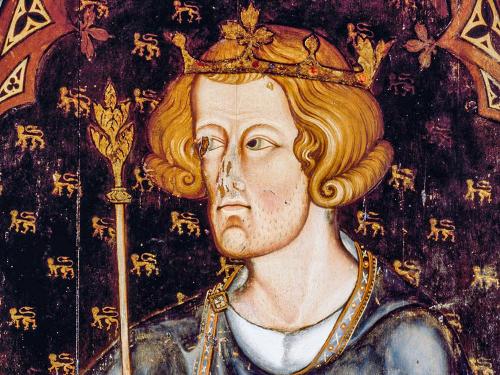
How many monarchs of England have there been?
If you count Egbert as the first English king, there have been a total of 65 monarchs in English history, made up of 57 kings and 8 queens. Of those monarchs, 13 have ruled since the 1707 Act of Union that joined England, Scotland, and Wales to create Great Britain. These 13 monarchs are no longer strictly kings and queens of England, but of Great Britain (later the United Kingdom of Great Britain and Northern Ireland).
Who was the youngest king of England?
King Henry VI was 8 months and 26 days old when he came to the throne in 1422. The youngest queen consort was Isabella of Valois, who was aged just 6 years and 25 days when she became King Richard II's second wife in 1396.
The youngest English queen to rule in her own right was Victoria, who was 18 years old when she took the throne. Looking north of the Scottish border, Mary, Queen of Scots, was just 6 days old when she ascended to the throne of Scotland.
Who was the oldest English monarch?
King Charles III is the oldest monarch to ascend the throne. He was 73 when he was crowned in 2023. His mother, Elizabeth II, was the oldest monarch to rule. She died at the age of 96. Elizabeth II also had the longest reign of any English monarch; she was on the throne for 70 years and 214 days.
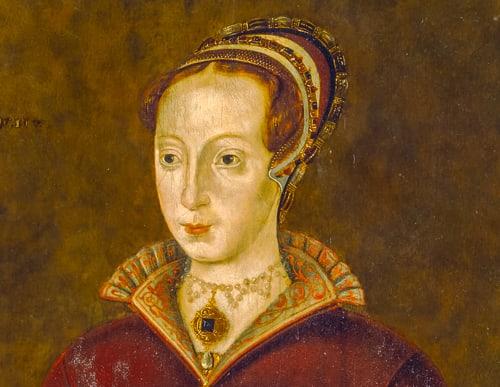
Who had the shortest reign of any English monarch?
That dubious honour belongs to Lady Jane Grey, who earned the soubriquet 'The Nine Days Queen' by reigning for just ... yes ... nine days. To be pedantic, Jane was proclaimed queen by the Privy Council but was never crowned, so she never took the throne and is often omitted from lists of English queens.
The English king with the shortest reign was King Edward VIII, who reigned for just 327 days before abdicating. Like Lady Jane Grey, Edward VIII was never crowned, but he is typically included in lists of English monarchs.
Which English queen had the most children?
Queen Anne had 18 children. You will sometimes see the figure of 17 children used, but that is incorrect. The queen had 17 pregnancies, but one resulted in twins, neither of whom lived. Tragically, only 6 of Anne's children survived infancy, and she outlived them all.
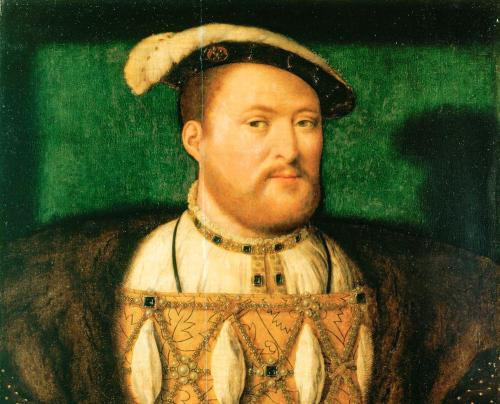
Which monarch was married the most often?
Henry VIII was married six times. He had three marriages annulled, had two queens beheaded, lost one in complications from childbirth, and was survived by the sixth.
Wait! That adds up to seven! Yes, because Henry officially had his marriage to Anne Boleyn annulled two days before she was beheaded for treason.
We tend to speak of Henry divorcing Catherine of Aragon and Anne of Cleves, which is technically incorrect; they were not divorced. Rather, Henry had the marriages annulled, which is a different thing altogether. Divorce acknowledges the marriage, whereas annulment essentially states that there was never a legal marriage.
Henry's sixth wife was Queen Catherine Parr, who holds the record for the most marriages of any English queen with four (though three of those marriages were not as queen).
Has there ever been a king and a queen at the same time in England?
Yes, twice. King Stephen and Queen Maud both claimed the throne after Henry I's death. Their struggle for power launched a civil war known as The Anarchy. Centuries later, King William III and Queen Mary II ruled jointly until Mary's death in 1694.

Who was the most notorious king of England?
There are many candidates, but the monarch often regarded as the worst of them all was King John. He had a reputation for greed and cruelty, he was considered untrustworthy, and he implemented unpopular taxes. In fairness, many of those things could also be said of other medieval monarchs!
John's reputation was heavily tarnished by his power struggle with his leading nobles, a struggle that led to open rebellion and, eventually, to King John being forced to sign the Magna Carta (which he promptly ignored).

Who was the best king or queen in English history?
The opposite of the above question, and an impossible question to answer. Some monarchs were popular because they were victorious in war and gained territory (e.g. Edward I), others were popular because they reigned at a time of relative peace and prosperity. Queen Victoria was, at different times during her long reign, deeply unpopular and, by contrast, greatly beloved.
You could make a good case for Alfred the Great, who not only drove back the Danes, but codified laws, created a system of fortified towns, and, perhaps more important, had Latin texts translated into English, thus ushering in a new age of literacy, education, and scholarship.
Are the kings and queens of England from the same family?
Goodness, no. English history is full of warring families, rebellions, and upstarts usurping the throne. Some of those warring families were related, others weren't. It is possible, however, to trace the current royal family, the Windsors, back to King Alfred the Great.
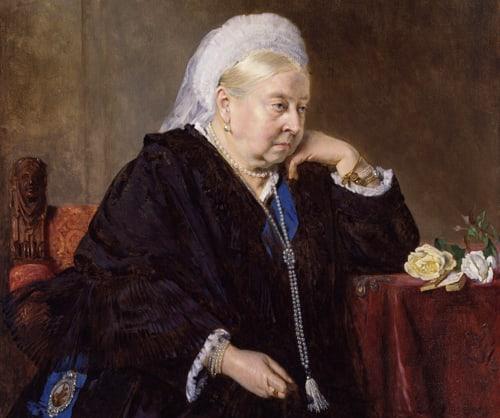
What are the English royal houses in chronological order?
Depending on how you define 'houses', they are, in order, Wessex, Denmark, Wessex (again), Norman, Plantagenet, Lancaster, York, Tudor, Stuart, Hanover, Saxe-Coburg-Gotha, and Windsor.
If you want to split hairs, Saxe-Coburg-Gotha and Windsor are the same thing; the royal family renamed themselves as 'Windsor' in 1910, at a time when anti-German feelings were running high in the build-up to World War One.
The question is a bit confusing, since the term 'house' refers to direct royal or ducal heirs.
Are there any direct descendants of Henry VIII alive today?
No, since none of Henry's legitimate children had children of their own. King Charles III is, however, distantly related to Henry VIII through his elder sister, Queen Margaret of Scotland.
Is King Charles III descended from Anne Boleyn?
No, but they are related. The king is the 13 times great-grandson of Mary Boleyn, Anne's sister.
Was Princess Diana related to Anne Boleyn?
Yes, for the same reason listed above; Princess Diana was the 13th great-granddaughter of Mary Boleyn, Anne Boleyn's sister.
Related:
Timeline of English Monarchs
Burial Places of English Monarchs

